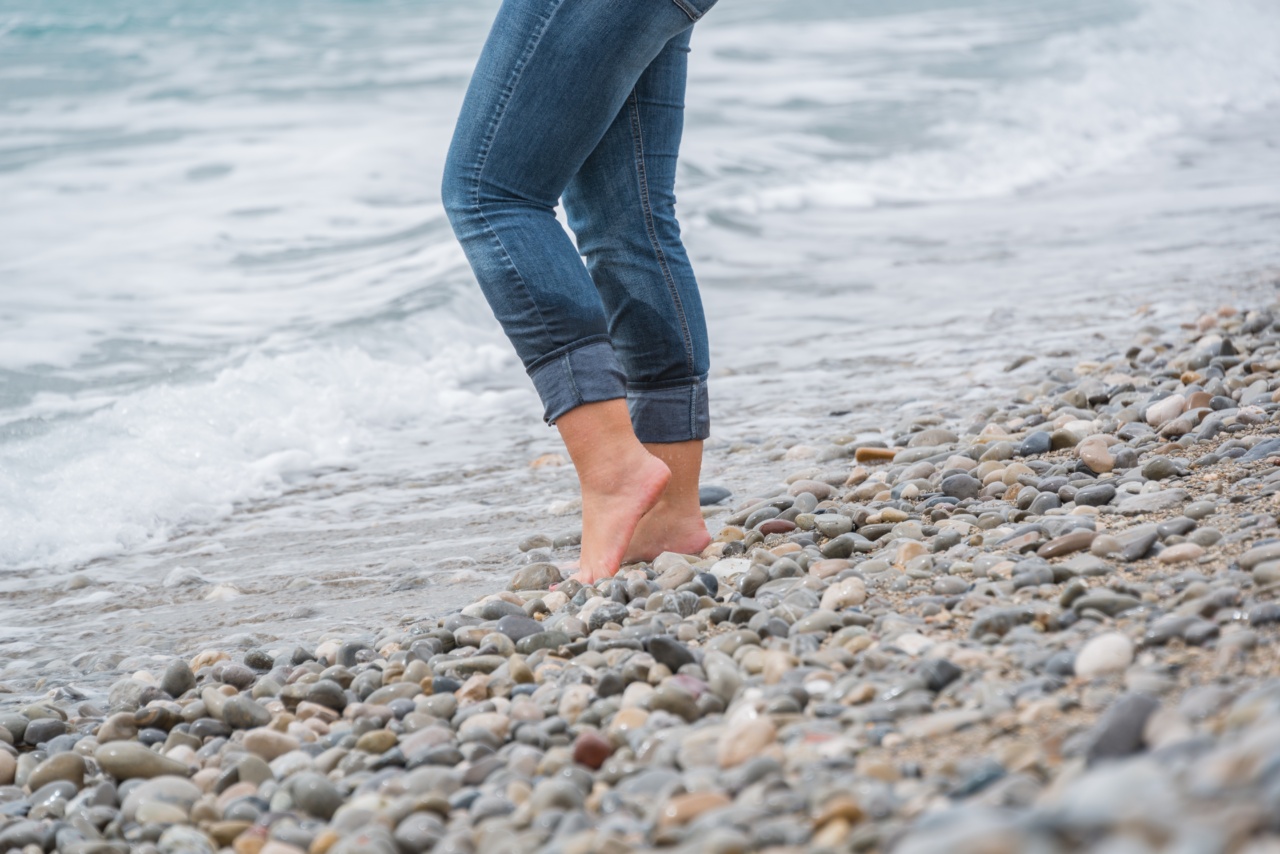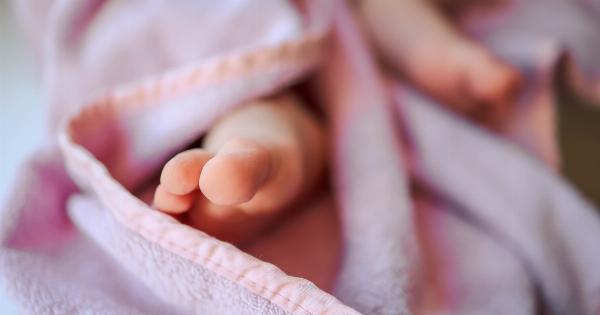Varicose veins are enlarged, bulging veins that often appear blue or purple in color. They typically occur in the legs and feet, although they can also develop in other areas of the body.
Varicose veins occur when the valves within the veins that regulate blood flow become weakened or damaged, causing blood to pool and the vein to become enlarged.
Symptoms of Varicose Veins in the Feet
Varicose veins in the feet can cause a variety of symptoms, including:.
Swelling
Swelling of the feet and ankles is a common symptom of varicose veins. This occurs because the pooling of blood in the veins can cause fluid to leak into surrounding tissues, leading to swelling and discomfort.
Pain or Tenderness
Varicose veins can also cause pain or tenderness in the feet, particularly after prolonged standing or sitting. This pain may be a dull ache or a sharp, stabbing sensation that worsens with activity and improves with rest.
Visible Veins
Varicose veins are often visible just beneath the skin’s surface and may appear twisted or bulging. They may also be accompanied by spider veins, which are smaller, finer veins that branch out from the larger varicose veins.
Itching
Itching around the affected veins is another common symptom of varicose veins, particularly in the feet. This itching may be mild or severe and may be accompanied by a rash or discoloration of the skin.
Cramping
Varicose veins in the feet can also cause cramping or muscle spasms, particularly at night. This occurs because the pooling of blood in the veins can decrease circulation to the muscles, leading to cramping and discomfort.
Restless Legs Syndrome
Restless legs syndrome (RLS) is a condition that causes an irresistible urge to move the legs, particularly at night.
Although the exact cause of RLS is unknown, it is often associated with varicose veins and other circulation problems in the legs and feet.
Bleeding
In severe cases, varicose veins in the feet can lead to bleeding or skin ulcers. This occurs because the pressure within the veins can cause the skin to become thin and fragile, increasing the risk of injury.
Changes in Skin Color
Varicose veins can also cause changes in the color of the skin around the affected veins, particularly in the feet. The skin may become discolored, reddish or brownish in color, and may also become thickened or hardened.
Treatment Options for Varicose Veins in the Feet
Treatment options for varicose veins in the feet depend on the severity of the condition and the symptoms present. Some treatment options include:.
Compression Stockings
Compression stockings are designed to improve circulation in the legs and feet by applying pressure to the veins, helping to prevent blood from pooling.
These stockings come in various levels of compression, ranging from mild to firm, depending on the severity of the condition.
Sclerotherapy
Sclerotherapy is a minimally invasive procedure in which a solution is injected into the affected vein, causing it to collapse and eventually fade from view. This procedure is often effective for removing spider veins and smaller varicose veins.
Laser Therapy
Laser therapy is another minimally invasive treatment option for varicose veins that uses laser energy to collapse and seal off the affected vein. This procedure is often effective for larger varicose veins that cannot be treated with sclerotherapy.
Endovenous Laser Ablation
Endovenous laser ablation (EVLA) is a newer treatment option for varicose veins that uses a laser fiber to deliver energy directly into the affected vein, causing it to close off and be reabsorbed by the body.
This procedure is often effective for treating larger varicose veins and can be performed on an outpatient basis.
Conclusion
Varicose veins in the feet can cause a range of symptoms, from mild discomfort to more severe complications such as skin ulcers.
If you are experiencing symptoms of varicose veins, it is important to seek the advice of a qualified healthcare professional who can help determine the underlying cause and recommend appropriate treatment options.





























